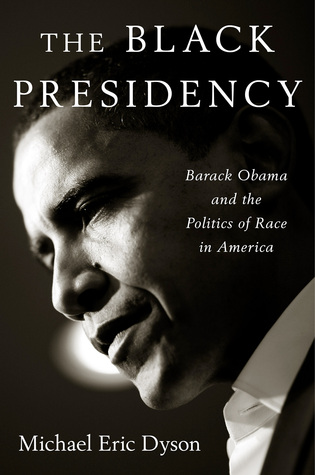 The Black Presidency: Barack Obama and the Politics of Race in America by Michael Eric Dyson
The Black Presidency: Barack Obama and the Politics of Race in America by Michael Eric Dyson Formats available: hardcover, ebook, audiobook
Pages: 368
Published by Houghton Mifflin Harcourt on February 2nd 2016
Purchasing Info: Author's Website, Publisher's Website, Amazon, Barnes & Noble, Kobo, Bookshop.org
Goodreads
A provocative and lively deep dive into the meaning of America's first black presidency, from “one of the most graceful and lucid intellectuals writing on race and politics today” (Vanity Fair).
Michael Eric Dyson explores the powerful, surprising way the politics of race have shaped Barack Obama’s identity and groundbreaking presidency. How has President Obama dealt publicly with race—as the national traumas of Tamir Rice, Trayvon Martin, Michael Brown, Eric Garner, Freddie Gray, and Walter Scott have played out during his tenure? What can we learn from Obama's major race speeches about his approach to racial conflict and the black criticism it provokes?
Dyson explores whether Obama’s use of his own biracialism as a radiant symbol has been driven by the president’s desire to avoid a painful moral reckoning on race. And he sheds light on identity issues within the black power structure, telling the fascinating story of how Obama has spurned traditional black power brokers, significantly reducing their leverage.
President Obama’s own voice—from an Oval Office interview granted to Dyson for this book—along with those of Eric Holder, Al Sharpton, Jesse Jackson, Andrew Young, and Maxine Waters, among others, add unique depth to this profound tour of the nation’s first black presidency.
My Review:
I chose to review The Black Presidency this week for two reasons. One is the obvious, February is Black History Month. The second is less obvious. This week is the week of the Presidents Day compromise holiday, the Monday between Lincoln’s Birthday and Washington’s Birthday. To review a book about the first black president in the week between holidays celebrating one president who owned people who looked like this president and a later president who freed those slaves and made this presidency possible (whether he personally could have imagined it or not) seemed like serendipitous timing.
There is also another factor. To this reader, so much of the criticism aimed at President Obama smacks of racism, whether those critics intend it to or not. Certainly, to this reader, the groundswell of hatred feels like it has racism at its dark heart.
The kind of identity politics that uses this president as a representative of an under-represented class in public life is not new. It is also not over. Barring an unforeseen tragedy, the Democratic party will either nominate the first woman to lead a major political party ticket or the first Jew to do so. Women have previously, but not often, campaigned in the primaries but have never headed their party’s ticket. Likewise, no non-Christian has ever headed a major party ticket. For that matter, there has only been one non-Protestant president, John F. Kennedy.
The Presidency of the United States has been the ultimate “glass-ceiling” job, and it has been historically difficult for anyone not fitting a particular mold – male, white, Protestant – to reach that Oval Office. So one of the things I was looking for in The Black Presidency was to read more about how race and racism have affected Barack Obama’s presidency, to perhaps learn something about the ways that sexism or anti-Semitism will rear their ugly heads in the campaign, and possibly the presidential term, to come.
Back to this book. The author is looking through the lens of representation, in all its multiple definitions. Because whether he wills it or not, Barack Obama has become both a prominent face of Black America and the face of America. And while the first part of that equation will have some resonance forever, the second is specific to his presidency. Next January, a new president will be sworn in and someone else will become the face of America to the world.
At the same time, like anyone who is a member of an underrepresented or non-dominant group, Barack Obama is supposed to serve as a representative of his group to the broader community, and to represent his group’s interests to that broader community. Anyone who has ever been the only person of their kind in a particular setting has a teeny, tiny taste of what this feels like. To be the only woman in a group of men, particularly in technology, is one example. To be the only Jew in a group of Christians can also make one feel a bit like Daniel in that lion’s den.
So the author is evaluating Obama’s presidency through how he has reacted, particularly what he has said and done, in relationship to all of these axes. It has had an effect on how he has presented himself, in the stereotypical images he has consistently tried to avoid. It has had an effect on how he addresses the black community, and what policies he proposes that do or do not affect that community. It has certainly had an effect in the way that people see him and interpret his actions.
Reality Rating B+: I found this book to be on the one-hand, well-rounded, in that it attempts to look at as many of Obama’s actions and speeches through the lens of representation and representational politics as possible. It is not intended as a study of all of the President’s actions, or of actions that do not or possibly could not relate to race. At the same time, it is admittedly difficult to view this president without at least contending with the way that some portions of the population are either using race as the only way they see him, or are pretending that they are not seeing race at all.
And it is impossible in the U.S. not to see race. A point that is also explored in the book.
This is not, however a complete political biography of the 44th president, nor is it intended to be. And I’ll admit that I was hoping to see more about the way that others view him and the way that those issues have continually buffeted his administration. Because while the axes will change, I think that the buffeting will repeat if either of the potential Democratic Party candidates becomes the next President.

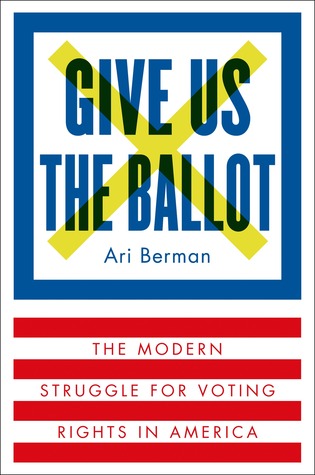 Give Us the Ballot: The Modern Struggle for Voting Rights in America by
Give Us the Ballot: The Modern Struggle for Voting Rights in America by 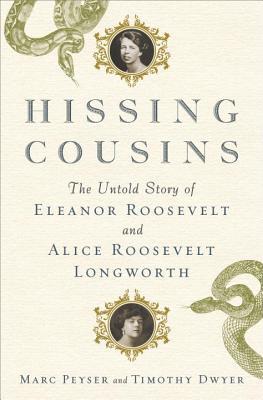 Hissing Cousins: The Untold Story of Eleanor Roosevelt and Alice Roosevelt Longworth by
Hissing Cousins: The Untold Story of Eleanor Roosevelt and Alice Roosevelt Longworth by 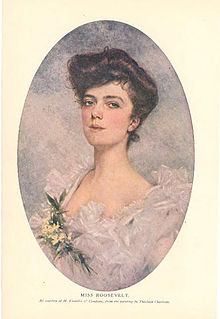
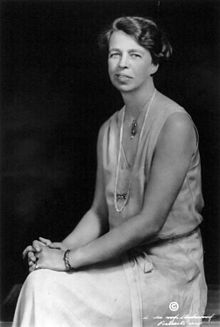
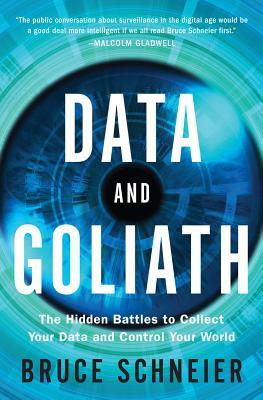 Data and Goliath: The Hidden Battles to Collect Your Data and Control Your World by
Data and Goliath: The Hidden Battles to Collect Your Data and Control Your World by 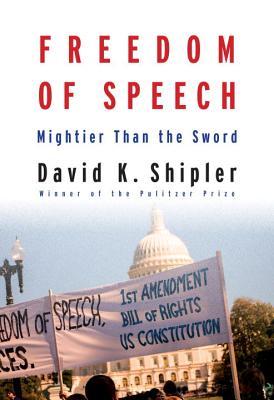 Freedom of Speech: Mightier Than the Sword by
Freedom of Speech: Mightier Than the Sword by 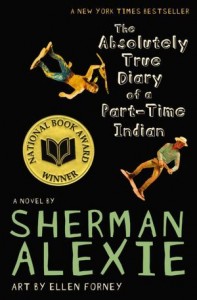 Even though this is
Even though this is